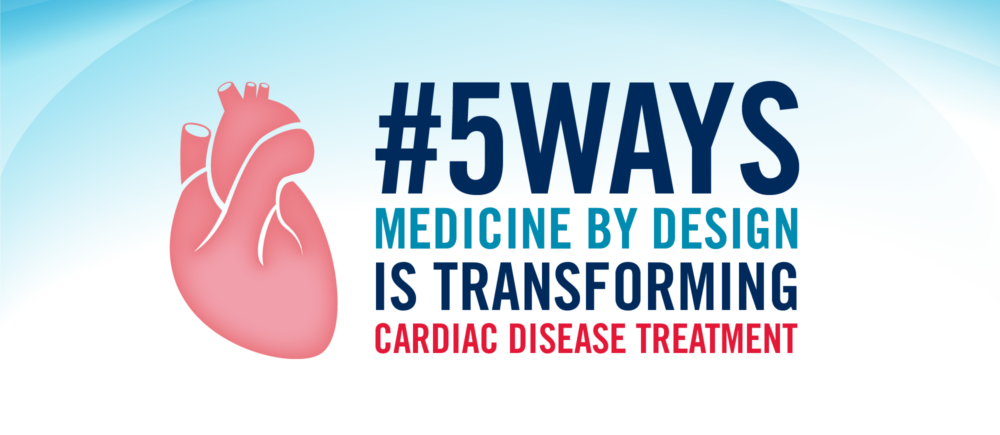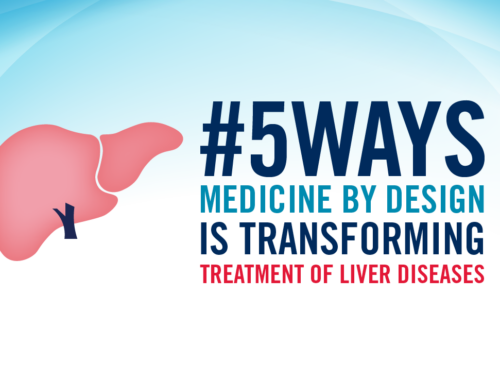
Cardiac, or heart, disease is the second leading cause of death in Canada. Around 2.6 million Canadians over the age of 20 currently live with heart disease.
Regenerative medicine, which uses cell (e.g. stem cell) and gene therapies to treat disease, holds possibilities like predicting and stopping inflammation before it leads to heart disease and regenerating a healthy heart after a heart attack. Many Medicine by Design-funded researchers are leading the way in ground-breaking cardiac research.
Learn more about five ways Medicine by Design’s researchers are transforming cardiac care through integrated, cross-disciplinary, and multi-institutional efforts that leverage the power of regenerative medicine.
Using stem cells for liver regeneration
Stem cell pioneer Gordon Keller, director of the University Health Network's McEwen Stem Cell Institute, leads a team of eight labs focused on harnessing the liver’s power to regenerate. Read more.
Mapping the liver
The University of Toronto's Gary Bader, along with University Health Network researchers Sonya MacParland, and Ian McGilvray, have collaborated on a world first: generating a “map” of all cells of the human liver. Read more.
Making a bile duct
The University of Toronto's Axel Guenther’s lab has developed collagen tubes that hold potential to be developed into lab-grown bile ducts, with the aim of being able to replace this part of the organ in a patient. Read more.
Studying cystic fibrosis-linked liver disease
Christine Bear's lab at The Hospital for Sick Children (SickKids), along with other labs, is working on treating cystic fibrosis-linked liver disease with regenerative medicine approaches. Read more.
Moving liver cell therapy toward the clinic
Shinichiro Ogawa, a scientist at the McEwen Stem Cell Institute, University Health Network, is focused on the early-stage translation of the liver cells from experiment to clinical application. Read more.










